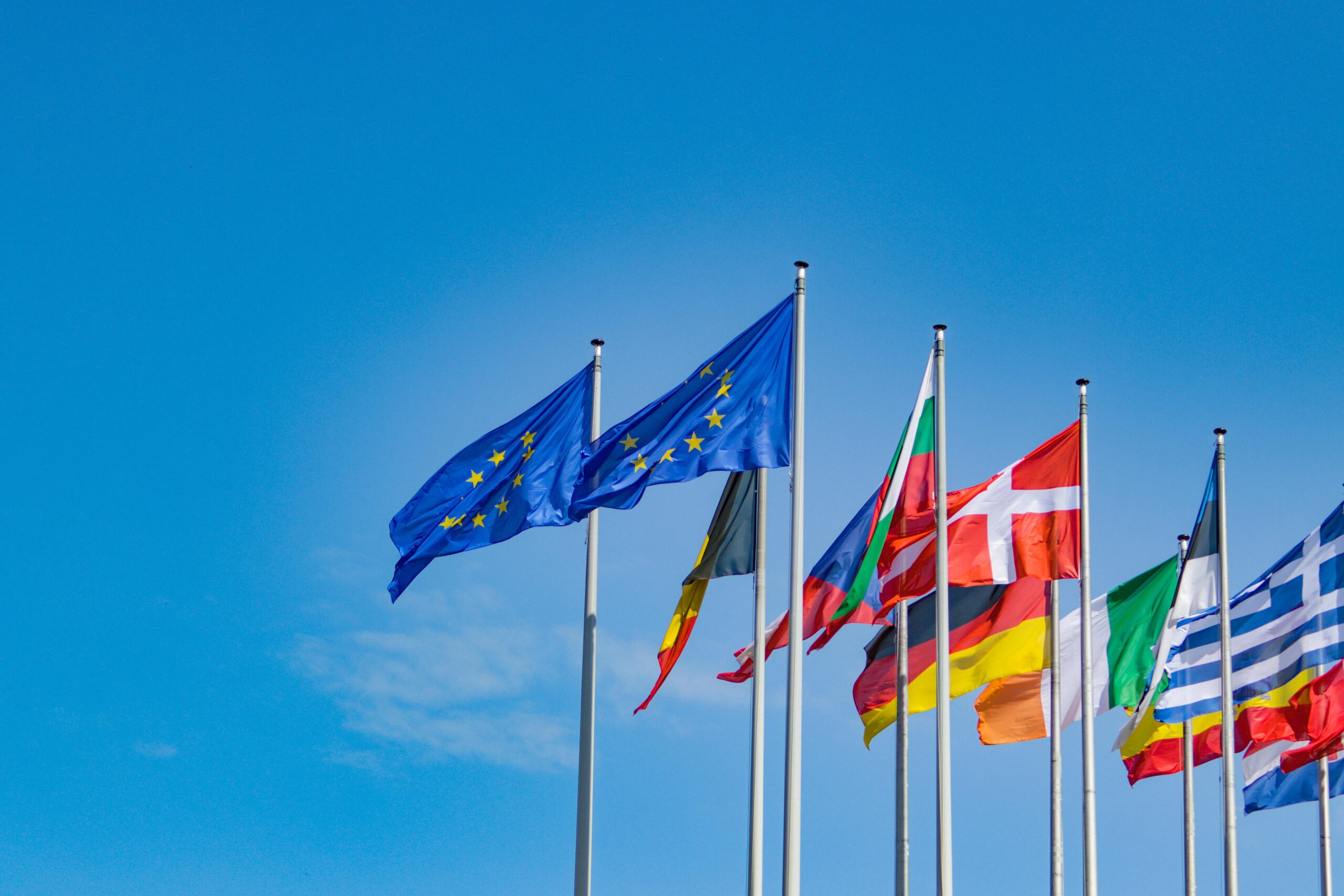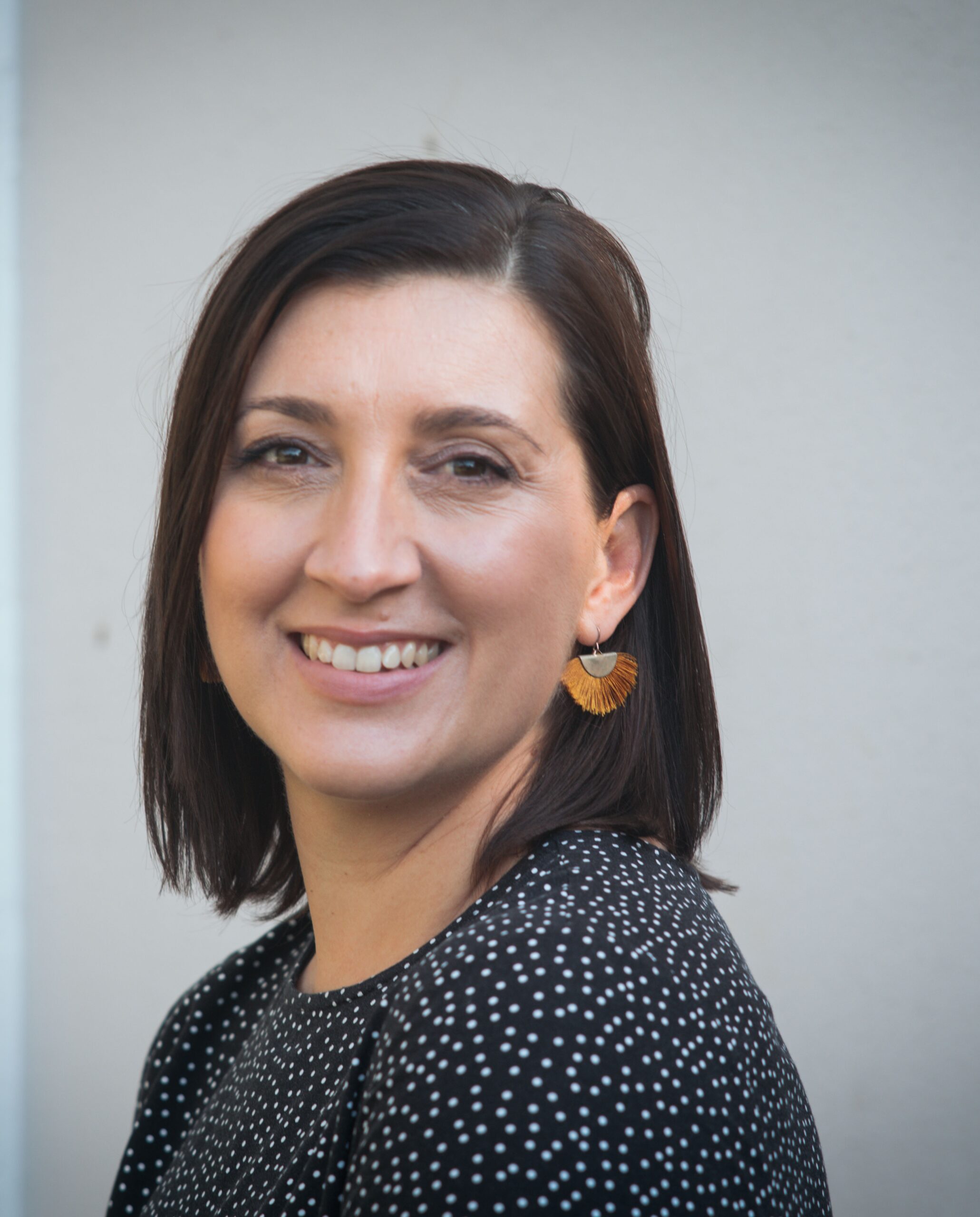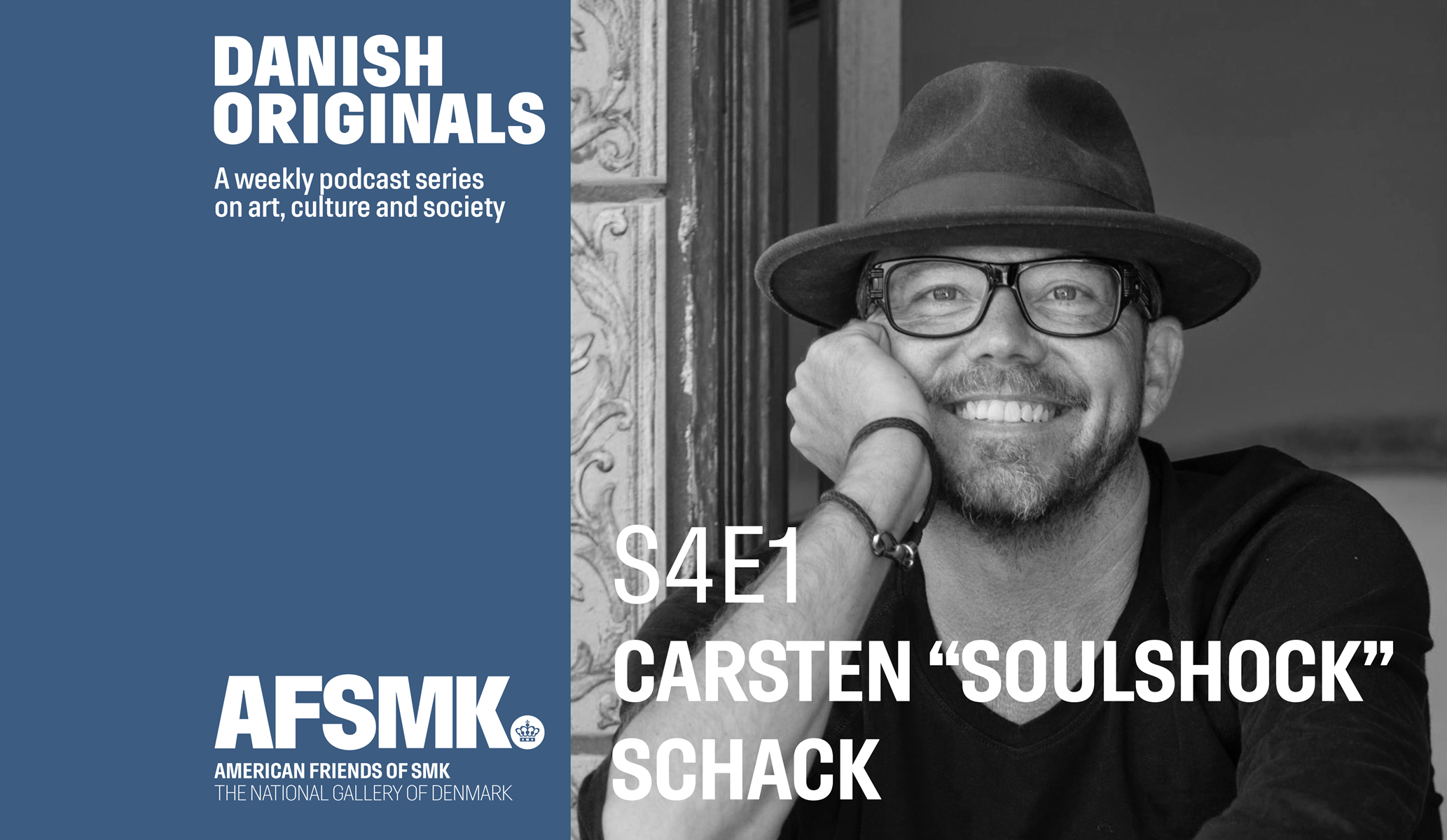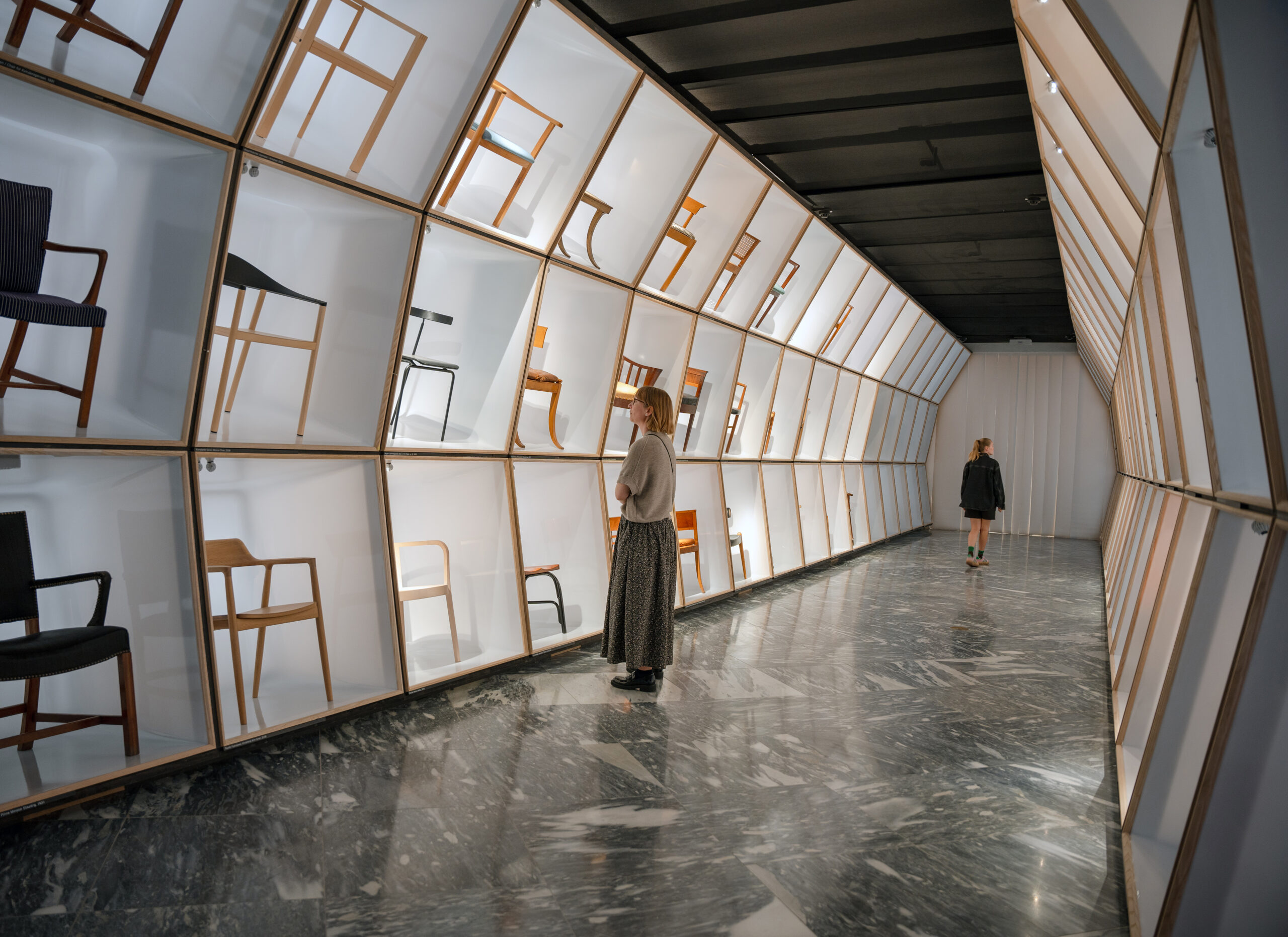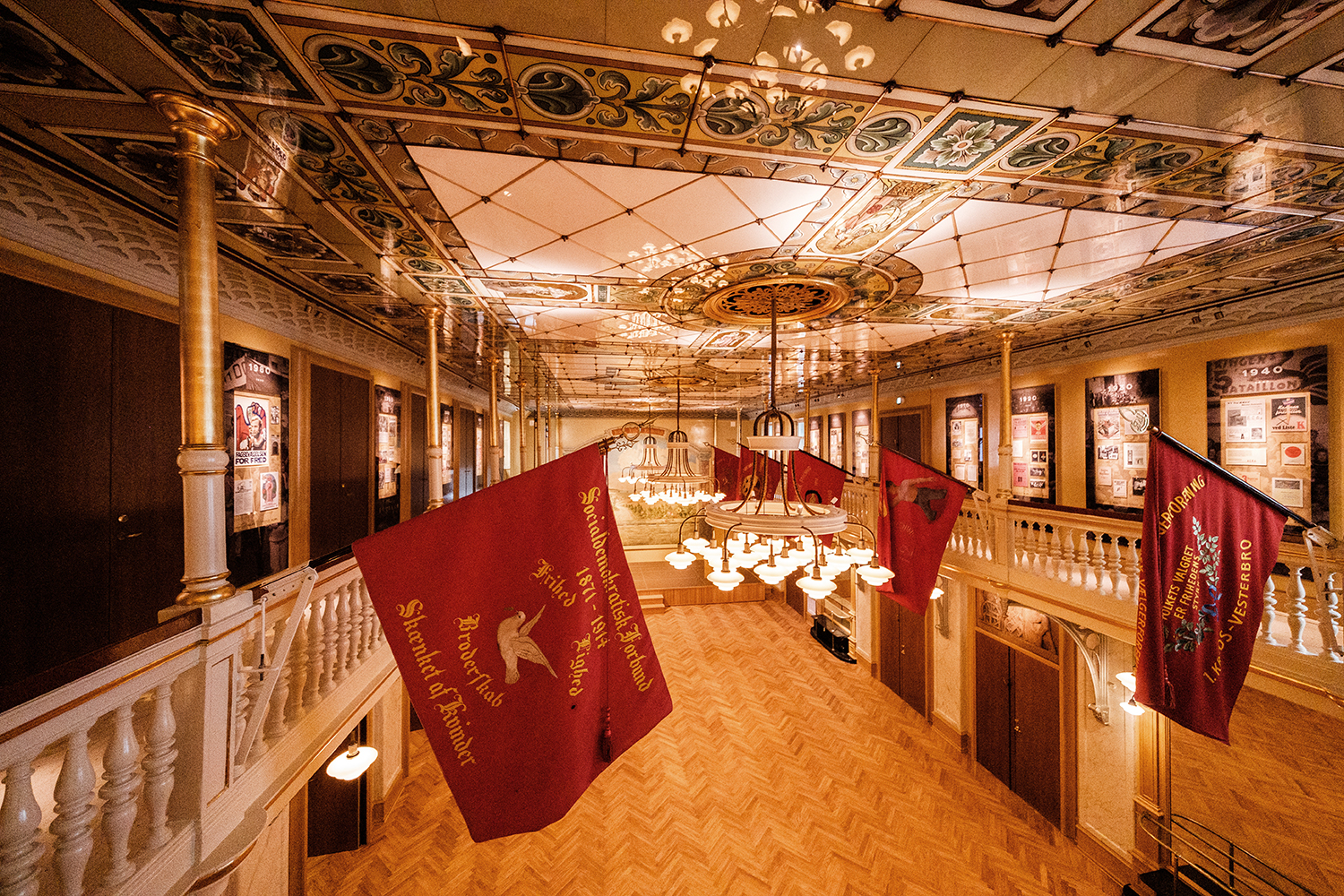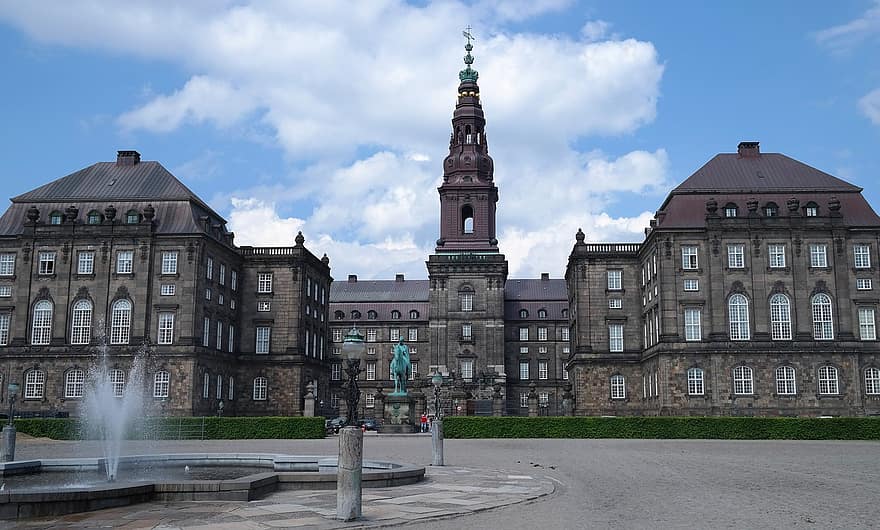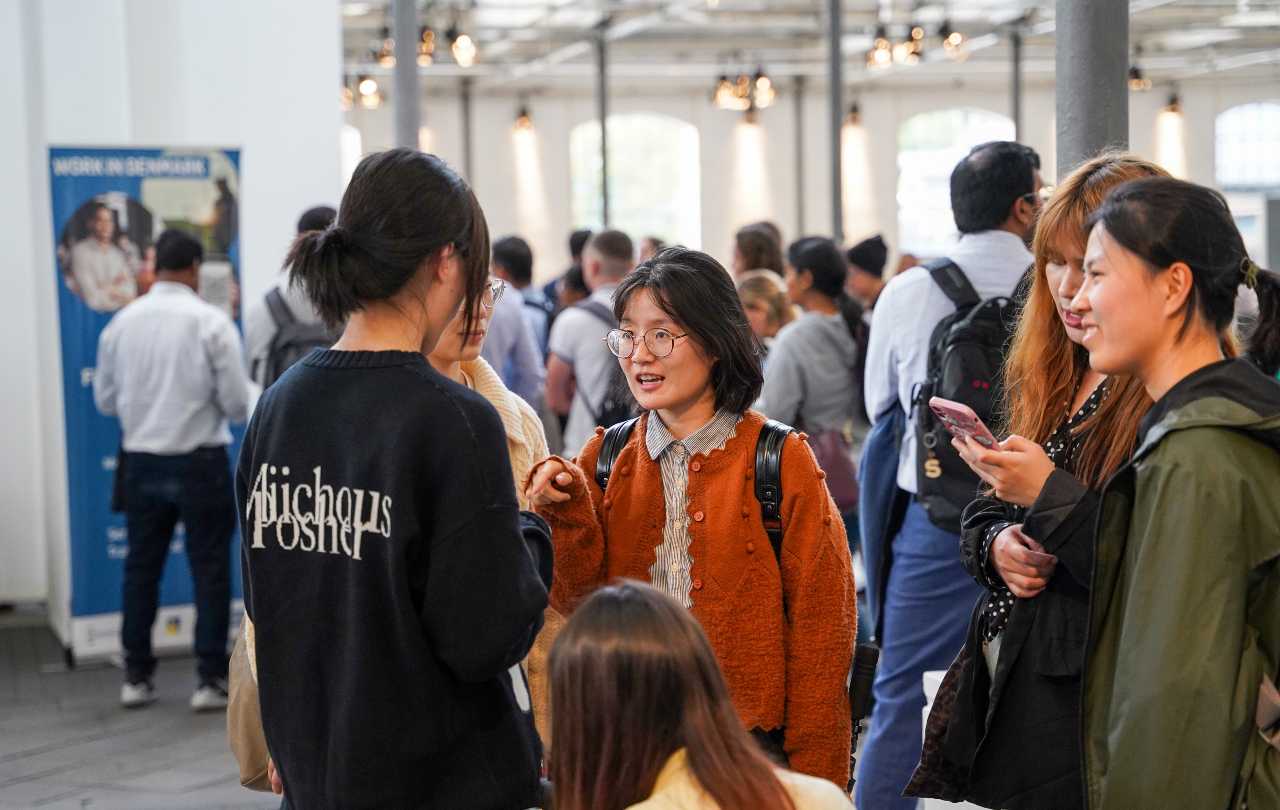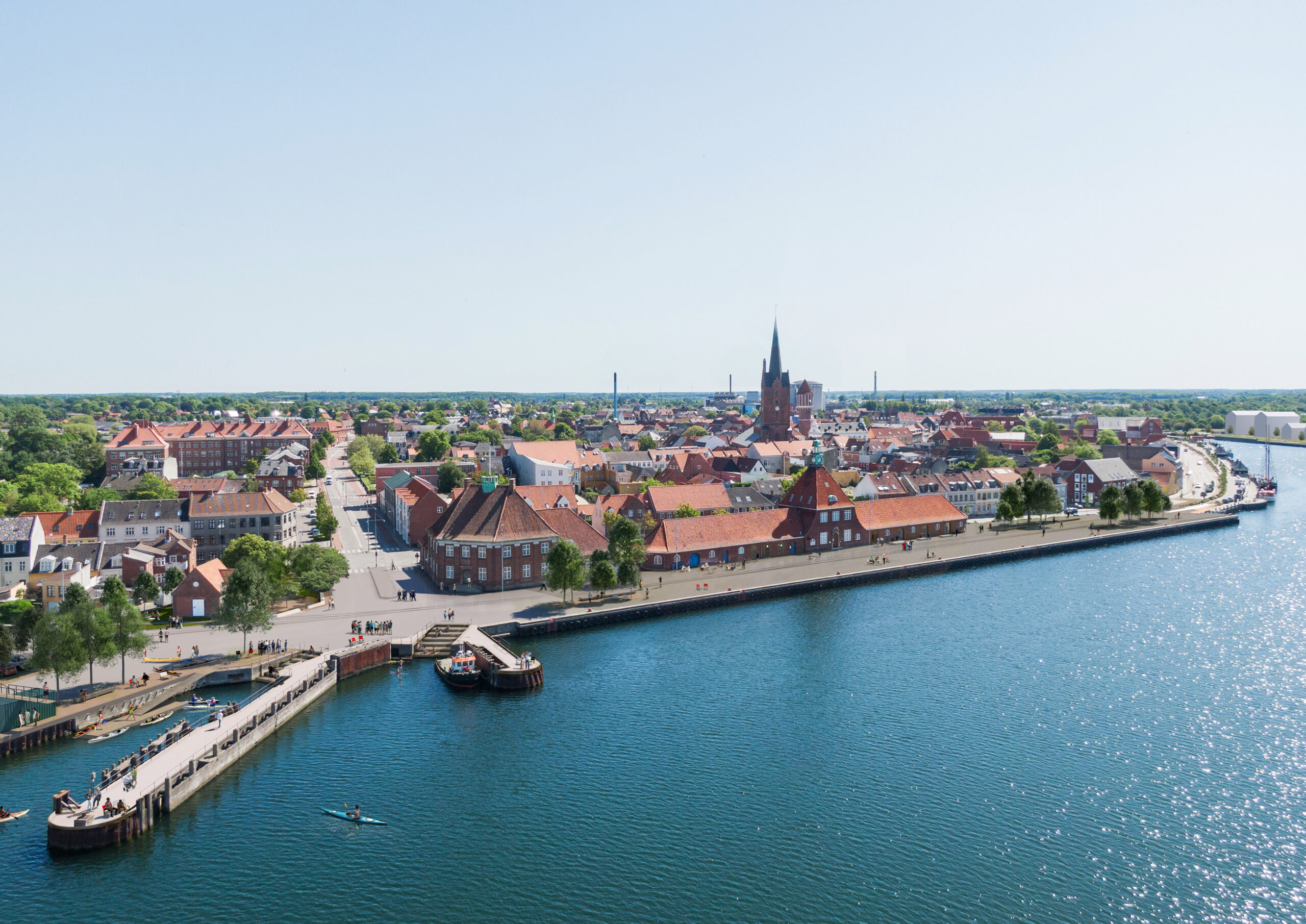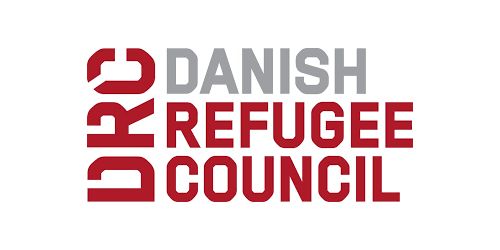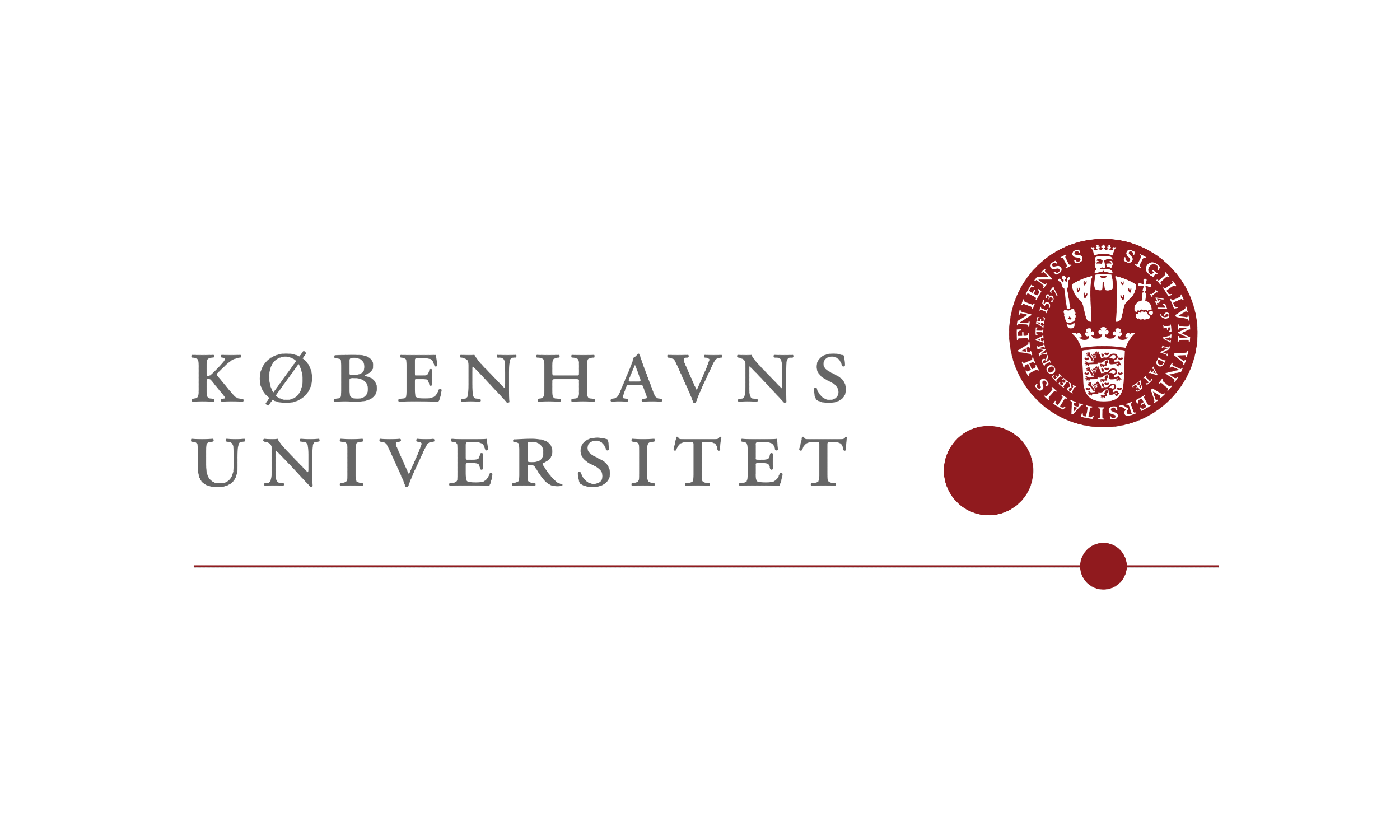The ‘Game of Thrones’ phenomenon has taken the world by storm. Kings, queens, wolves, epic battles and, of course, castles. Winter castles and summer castles and their walls, towers and dungeons are firing the imaginations of readers and TV watchers everywhere these days.
The Hammershus castle ruin on the island of Bornholm is the largest castle ruin in northern Europe. Walking among the aged, tumbled down walls, and across the grassy fields and granite floors smoothed by the centuries, this 12th century relic brings history to life in a way that a book or television programme never could. Peasants and labourers hauled the stone to the top of the hill on Bornholm’s northernmost and highest peak to build a fortress that has been battled over by various Danish and Swedish kings and changed hands several times throughout its storied history.
Plaques and information boards throughout the ruin explain the history and describe life inside and outside the walls, pointing out where the livery, kitchen, dungeons and the rest were located. All of that historical accuracy is fine, but don’t let the facts stand in the way of your imagination. Stand at the bottom of the hill and look up at Hammershus. Imagine horses and carriages riding up the steep switchback path, across the wooden bridge and through the guarded front gate. Walk inside. Touch the stones – this isn’t some encased in plastic, look-but-don’t-touch diorama – this is a real castle and you are walking through it. Feeling it. Hearing it. Breathing it. Sheep graze in the rolling fields all around the castle. Seabirds wheel overhead. It doesn’t require much of a stretch to let the modern world slip away and smell the woodsmoke and hear the clash of broadswords.
On the opposite side of the castle’s northern wall is the Baltic Sea. Many metres below! The view is breathtaking, but, again, this ain’t Disneyland and that is a very real drop down a sheer granite wall with just a tiny remnant of a stone wall between you and an inadvertent cliff dive into the sea.
In 1661, King Christian IV’s daughter, Leonora Christina, and her husband, Corfitz Ulfeldt, were imprisoned in the castle for treason. Their dramatic escape attempt down the walls and over the cliffs failed. The very real history of Leonora Christina’s life rivals any medieval fantasy for drama and pathos.
 Hammershus continued in its role as a fortress until the end of the 17th century, when the defence of Bornholm was taken over by batteries on the nearby island of Christiansø and in Bornholm’s capital city, Rønne. In 1743, Hammershus was abandoned as a stronghold and the people of the island were free to gather building materials from the site until 1822, when the ruins were put on the national historic register. There are buildings around the island, especially in the nearby towns of Sandvig and Allinge that have stones from the castle in their walls.
Hammershus continued in its role as a fortress until the end of the 17th century, when the defence of Bornholm was taken over by batteries on the nearby island of Christiansø and in Bornholm’s capital city, Rønne. In 1743, Hammershus was abandoned as a stronghold and the people of the island were free to gather building materials from the site until 1822, when the ruins were put on the national historic register. There are buildings around the island, especially in the nearby towns of Sandvig and Allinge that have stones from the castle in their walls.
The exhibit at the visitor centre features relics retrieved from the ruin. There is a diorama showing what the castle may have looked like when it was still standing and you can even try on a suit of armour. And it is heavy!
In recent years, Hammershus has been the site of ‘Wonderwall’, a large outdoor music festival. Thousands gather on the castle grounds to listen to Danish and international acts. There is something undeniably charming about how Danes don’t encase their national treasures in plastic. Rather, you can sit on them, have a cold beer and listen to a tune or two.
Stay
Like any tourist location, there are dozens of hotels and hundreds of excellent B&Bs on Bornholm. A spin through the Sunday section of any Danish newspaper will reveal a cornucopia of cottages, holiday rentals, flats and every other type of holiday dwelling on offer. Bornholm’s population of 44,000 can increase fivefold in the summer, so book early!
Get adventurous! Pack a tent, a bedroll and book a spot at Sandvig Family Campground. Literally walking distance from Hammershus, located just outside the charming town of Sandvig and next to a nice little beach, it is the perfect place to set up and use as a base camp for an island adventure. For those who prefer the security of a roof over their head, the campground offers cottages and a hotel. sandvigcamping.dk
Eat
Over the last few years, Bornholm has done a great job of promoting its local products, especially food. In the tiny town of Svaneke, Denmark’s easternmost town, there are dozens of shops featuring local liquorice, fish, ice cream, candy, beer … you name it. Many visitors to Bornholm set aside at least part of a day to eat their way through Svaneke.
If there is a must-eat meal on Bornholm, it simply has to be a smoked herring lunch from one of the island’s many ‘røgerier’ (smokehouses). Just a few kilometres down the hill from Hammershus, the Allinge Røgeri offers a huge fish buffet with dozens of varieties of local fish and other specialties. Wash it down with a beer from Svaneke brewery for the complete Bornholm experience. allinge-rogeri.dk
 Do
Do
You are on Bornholm. Truly a place where each town, be it Rønne, Allinge, Nexø or another hamlet offers its own special charms. There is both abundant nature and a lively nightlife. Rent a bike. Take it all in. bornholm.info
While you are up north at Hammershus, take a hike around Hammerknuden. The area where the castle is located is one of the most beautiful in Denmark. Natural and quarry lakes. Seaside vistas. Lighthouses. Walk around on your own, or take a guided tour that explains how life was lived in medieval times. bornholm.info

